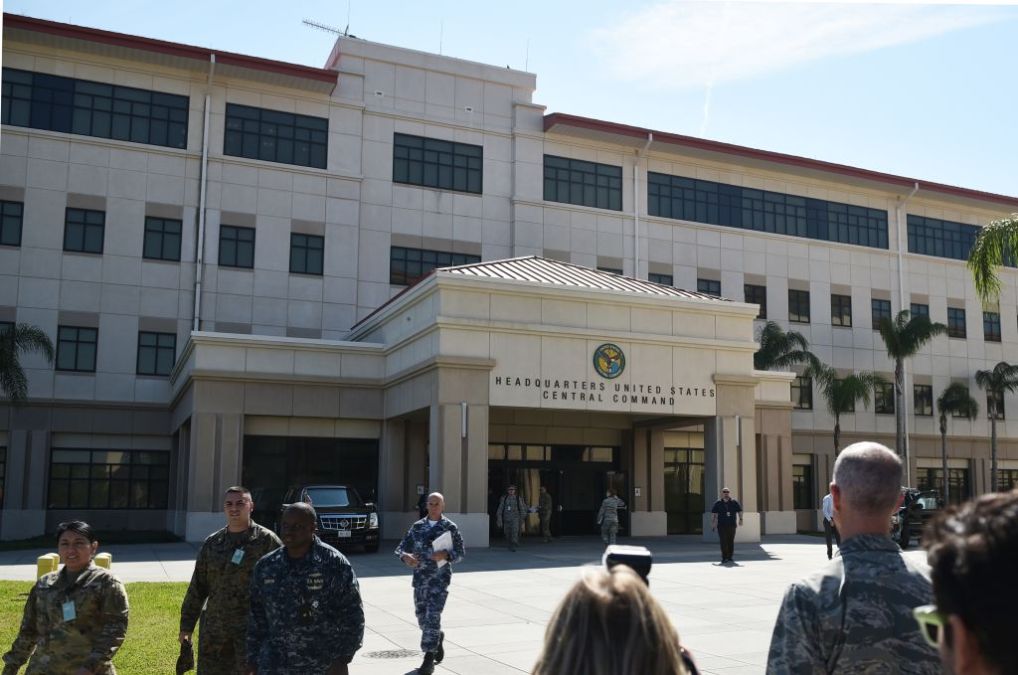Michael D. Shear
The United States has intelligence that shows that Hamas has been using hospitals in Gaza, including Al-Shifa, as command centers and ammunitions depots, a spokesman for the National Security Council said on Tuesday.
John Kirby, the spokesman, said that the intelligence, gathered from American-generated sources, supported Israel’s allegation that Hamas has been operating out of hospitals, which Mr. Kirby said amounted to a war crime.
Mr. Kirby declined to provide details about the U.S. intelligence, but he made clear that it goes beyond the information collected by the Israeli intelligence service. “It comes from a variety of intelligence methods — of our own, of our own,” he said, adding that the classification of the intelligence had been downgraded so that it could be shared publicly.
“I can confirm for you that we have information that Hamas and the Palestinian Islamic Jihad use some hospitals in the Gaza Strip, including Al-Shifa, and tunnels underneath them, to conceal and to support their military operations and to hold hostages,” Mr. Kirby told reporters on Air Force One as President Biden headed to San Francisco for a summit with Asia-Pacific leaders.
“Hamas and the Palestinian Islamic Jihad — J.I.D. — members operate a command and control node from Al-Shifa in Gaza City,” he added. “They have stored weapons there, and they’re prepared to respond to an Israeli military operation against that facility.”
The revelation of the U.S. intelligence comes as Israel is under harsh international criticism for attacks on and around hospitals as it conducts a war against Hamas in the wake of the armed group’s terrorist attacks on Israel on Oct. 7. Israel says more than 1,200 people were killed in the attacks and that 239 others remain hostages.

















